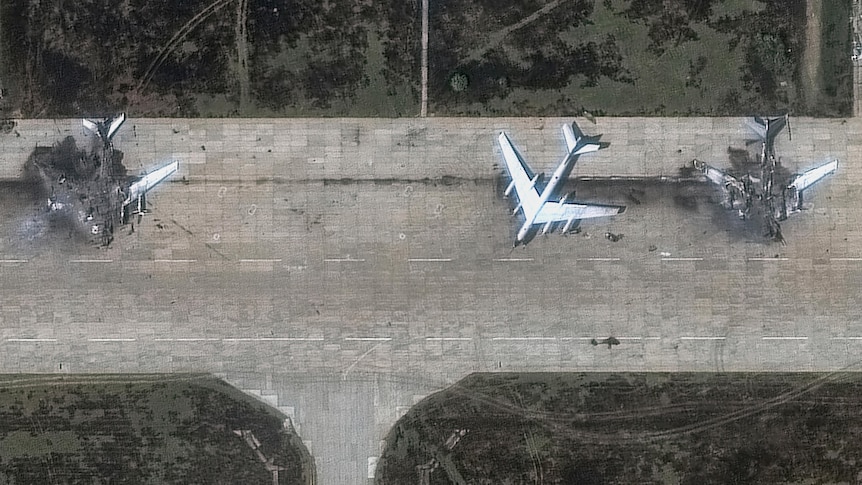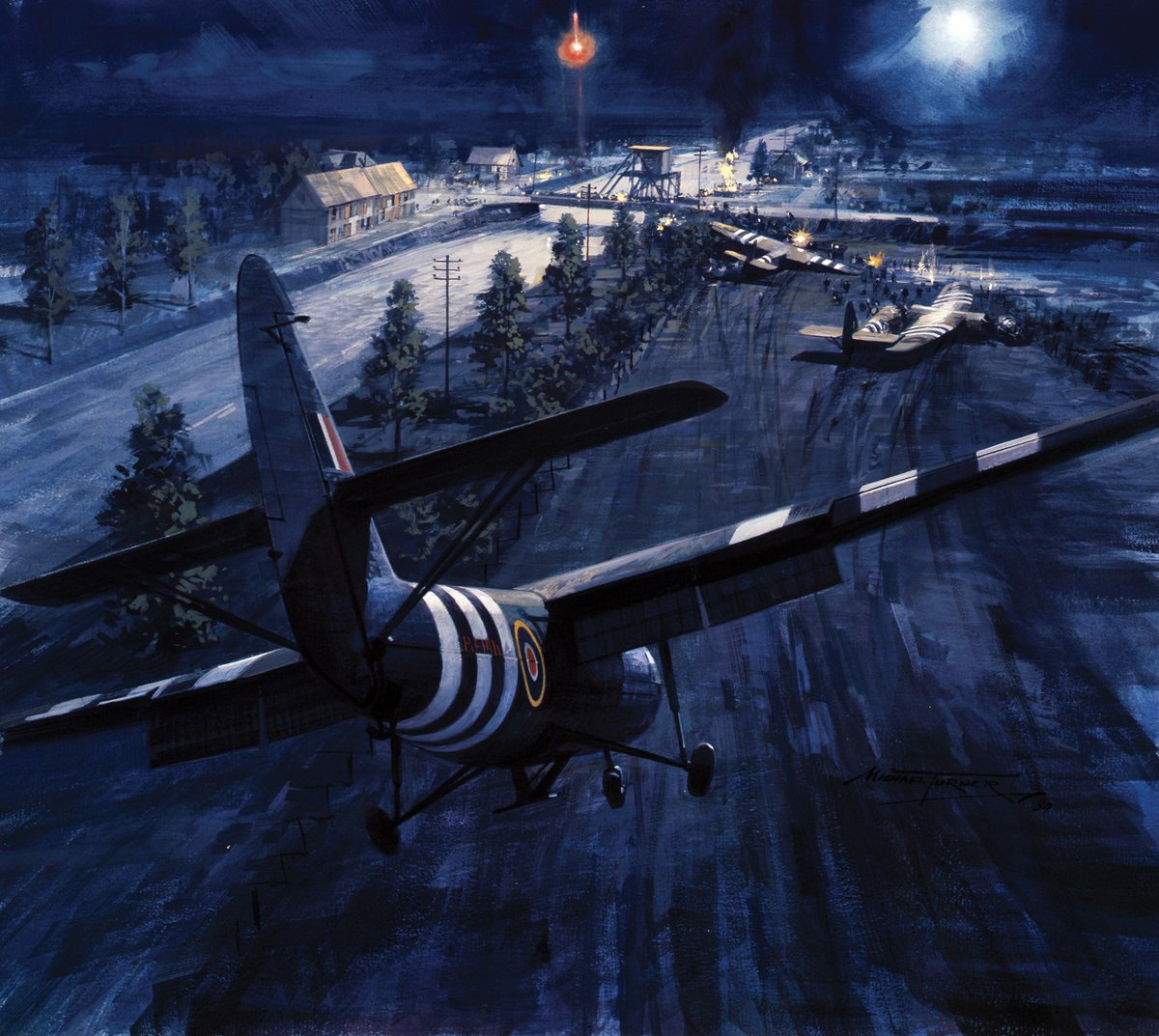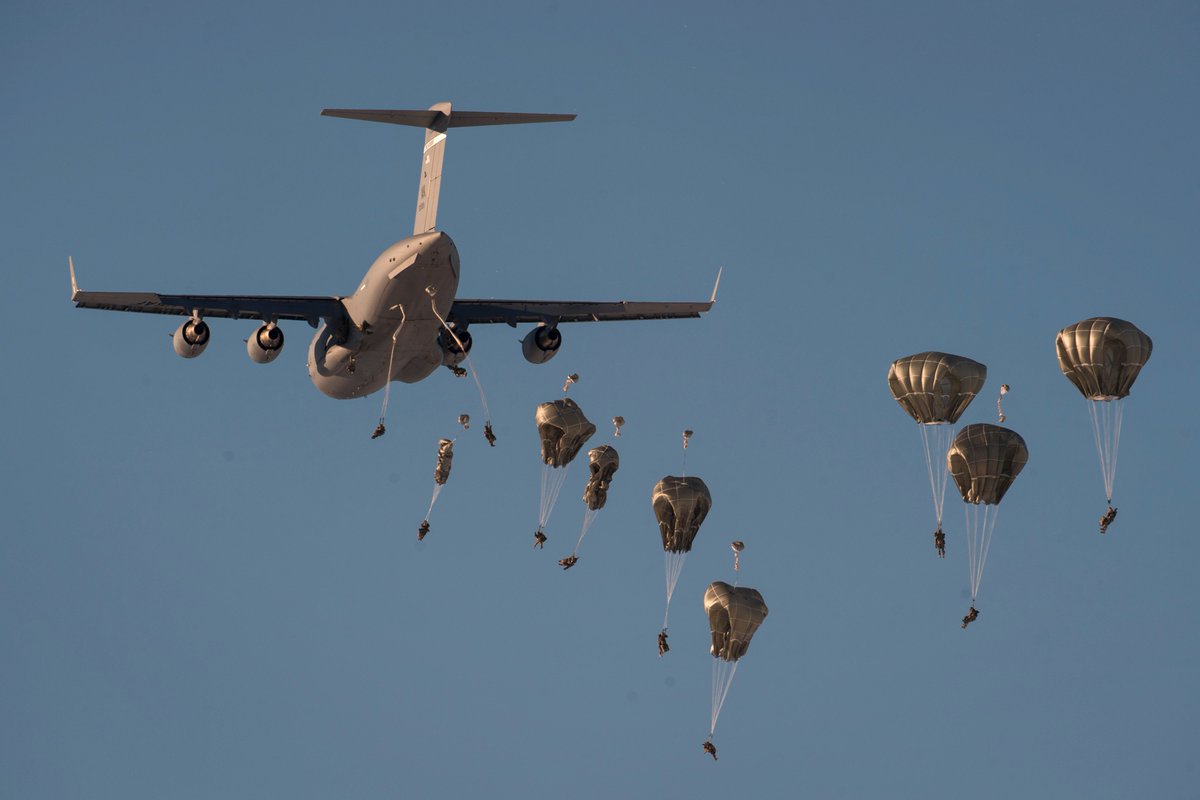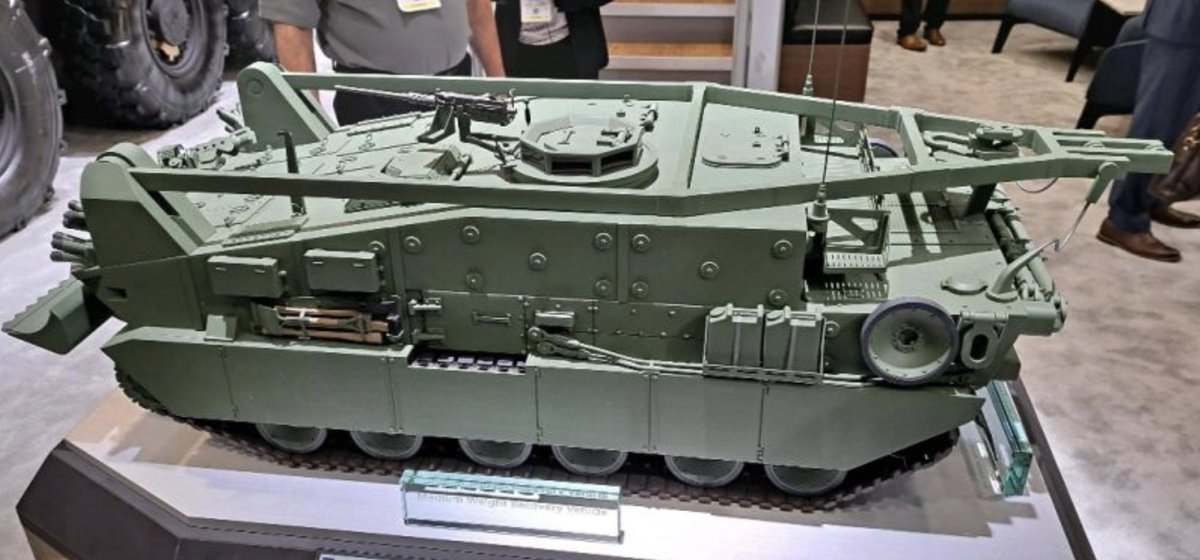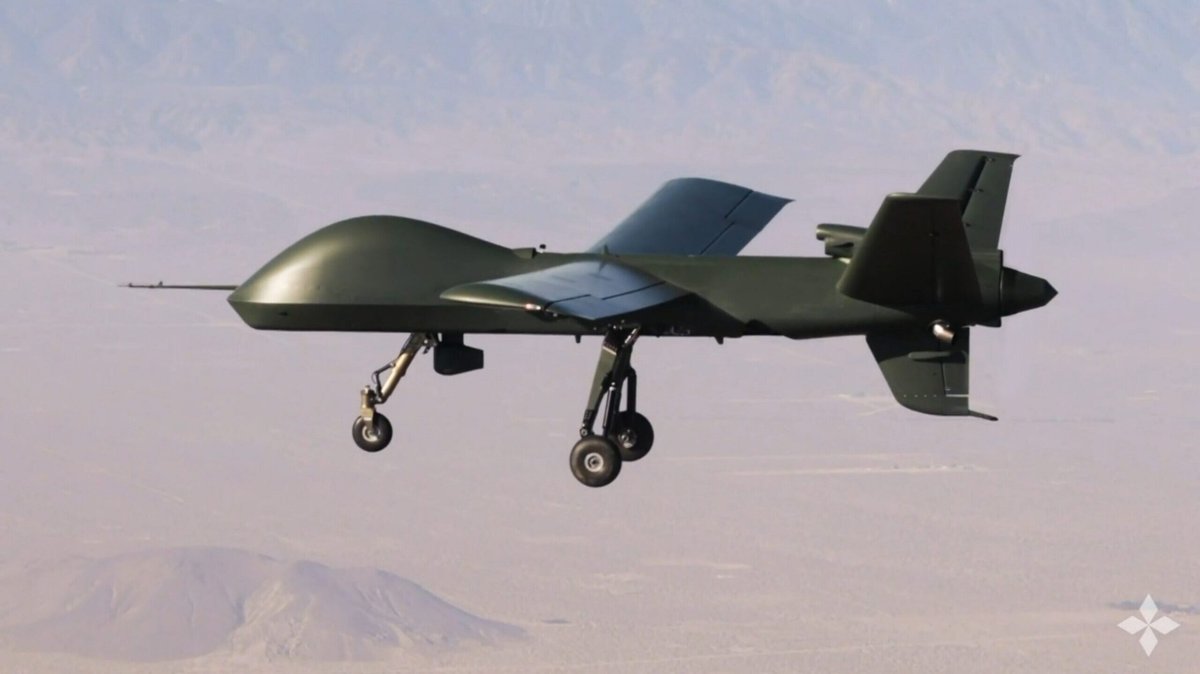The US Army’s Next Generation Squad Weapon (NGSW) program has been controversial. Few people expected SIG to win with what many perceived to be an evolutionary approach. The smart money was on Textron and its innovative cased-telescoped ammunition and weapon technology.
1/12
1/12

What made NGSW controversial is that US Army wanted a bullet that could defeat Level IV body armour at 600 metres. This resulted in an ammunition that matches .300 Winchester Magnum, a long-range sniping cartridge. (7.62 mm versus .300 WINMAG)
2/12
2/12

The NGSW competition was about how to package a US Government-furnished 6.8 mm EPR-style projectile in the smallest possible cartridge and weapon system. Three companies were down-selected GD-OTS, SIG Sauer, and Textron.
3/12
3/12

SIG was the surprise winner not only because its weapons performed best, but equally because its ammunition solution was so innovative. It developed a hybrid cartridge that combined a legacy brass case with a steel base able to cope with the extra pressure.
4/12
4/12

While SIG's hybrid 6.8x51 mm NGSW cartridge delivered exactly what the US Army asked for, it was not without certain disadvantages. At 22 grams (versus 24 grams for legacy 7.62 mm NATO) the marginal weight saving does little to reduce the infantry soldier's weight burden.
5/12
5/12

Another concern is weapon recoil. See linked video shows at 3:36). Weapons with increased chamber pressure that run hotter also have increased barrel and parts wear. SIG is working to address these issues.
6/12
6/12
Recognising the limitations imposed on it by the uS Army's exacting NGSW requirement, SIG had the foresight to develop hybrid ammunition in other calibres. Notably, it developed a hybrid version of the 6.5x48 mm Creedmoor.
7/12
7/12

Initially, SIG's hybrid 6.5x 48 mm Creedmoor round was only available with a commercial OTM bullet weighing 123 grains / 8 g. More recently, it has been tested with a 102 grains / 6.6 g EPR style bullet. This has MV of 890 m/s from a 14.5" barrel and weighs less than 16 g.
8/12
8/12

Another new development is @FN_America's 6.5x43 mm Lightweight Intermediate Caliber Cartridge (LICC). This also uses a hybrid cartridge design fired at higher pressure, but similarly delivers Level IV body armour defeat at ranges of circa 400 metres.
9/12
9/12

What is clear from 6.8 mm NGSW, 6.5 mm Creedmoor hybrid, and 6.5 mm LICC is that higher pressure cartridges are the future of military small arms. The question is how much extra pressure is desirable?
10/12
10/12

I am hoping that the positive test results achieved with both the hybrid 6.5 mm Creedmoor and 6.5 mm LICC will encourage the US Army to review the NGSW calibre and specifications. (Image: @soldiersystems).
11/12
11/12

A slightly smaller bullet size than 6.8 mm can potentially deliver the US Army's desired range and penetration requirements in a package with less recoil and less weight. This is exactly what is needed to drive the wider adoption of NGSW among NATO members.
12/12-END
12/12-END
• • •
Missing some Tweet in this thread? You can try to
force a refresh




